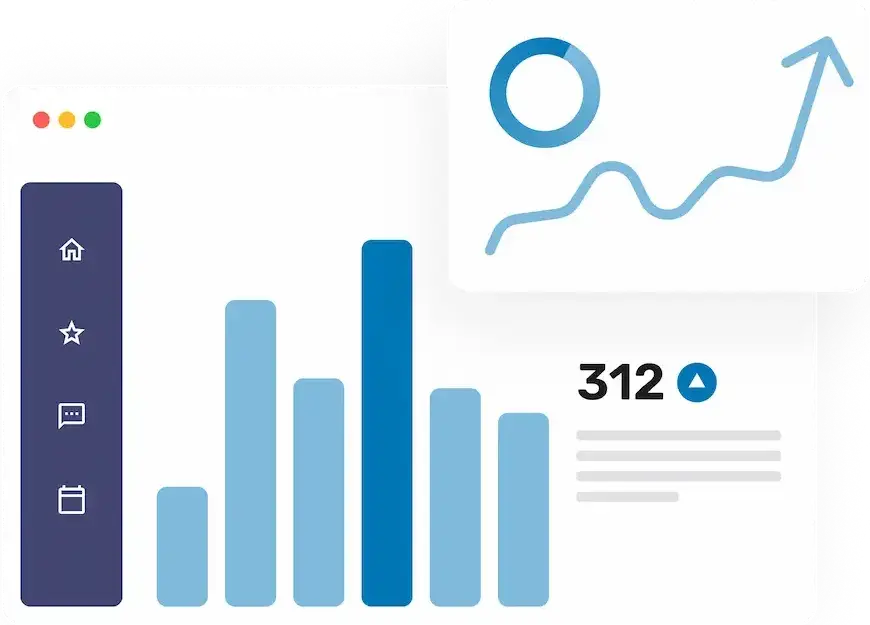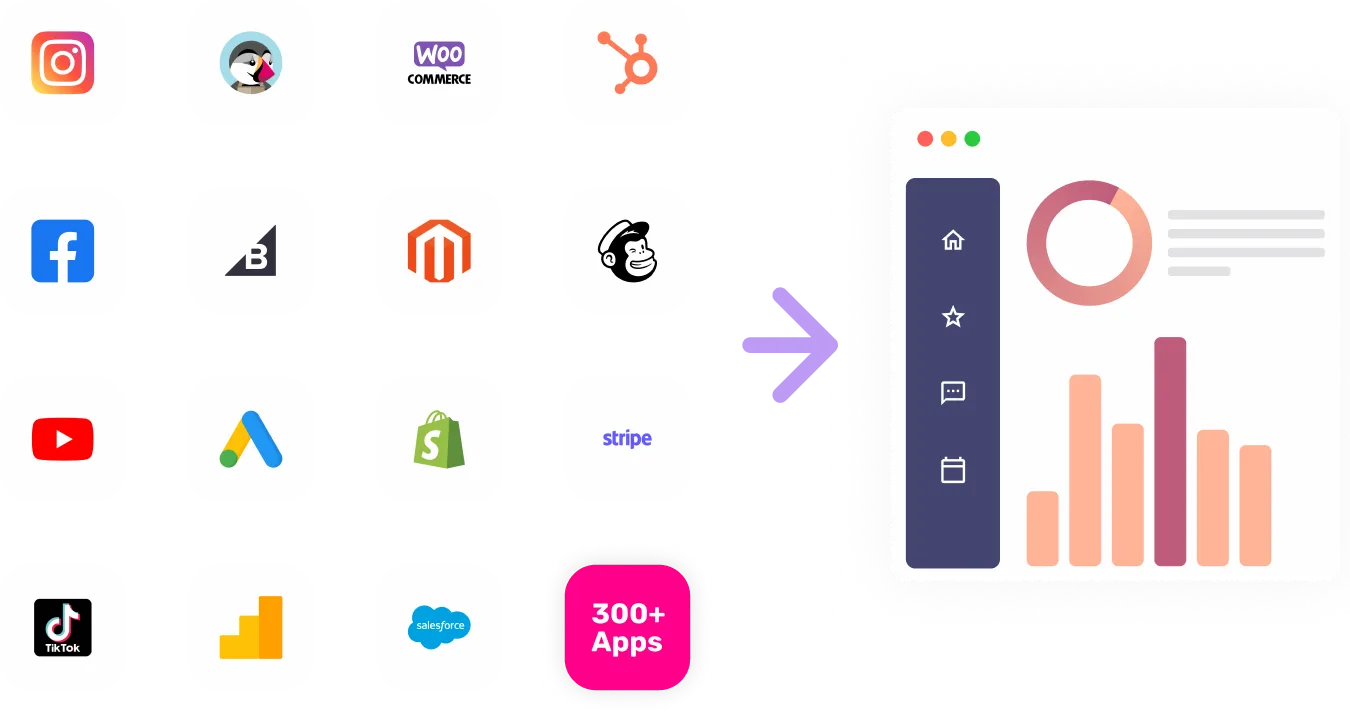

Sync Helpshift to Tableau
Leverage Helpshift integration to optimize your customer support. Seamlessly integrate support data for enhanced insights, informed decisions, and improved customer satisfaction.


Visualize Your Helpshift channel data with Growth Nirvana's Helpshift Connector
Enhance your customer support strategies with Helpshift integration, unlocking real-time data updates and actionable insights.
FAQs
What are the most popular metrics in Helpshift to analyze?
Ticket Resolution Time: Measure the average time taken to resolve support tickets.
Response Rate: Track the percentage of support tickets responded to within a specific time frame.
Customer Satisfaction: Gauge the level of satisfaction of customers based on feedback and ratings.
Issue Resolution: Assess the effectiveness of resolving support issues and minimizing escalations.
Agent Performance: Evaluate the performance of support agents based on metrics like response time and resolution rate.
Ticket Volume: Analyze the volume of support tickets received to identify trends and patterns.
Abandoned Tickets: Track the number of support tickets that are abandoned without resolution.
First Contact Resolution: Measure the percentage of support issues resolved in a single interaction.
Customer Retention: Monitor the rate at which customers are retained after receiving support.
Average Response Time: Track the average time taken to respond to support tickets.
Why analyze Helpshift?
Improved Customer Support: Enhance customer support experiences through real-time insights and timely resolutions.
Efficient Issue Resolution: Resolve customer issues efficiently and effectively to maintain satisfaction.
Personalized Support: Deliver personalized support experiences based on customer data and preferences.
Streamlined Communication: Enable seamless communication between support agents and customers across multiple channels.
Proactive Support: Identify and address potential issues before they escalate through proactive monitoring and alerts.
Efficient Resource Allocation: Optimize resource allocation by analyzing support ticket volumes and agent performance.
Improved Customer Satisfaction: Increase customer satisfaction levels by resolving support issues in a timely manner.
Data-Driven Insights: Make informed decisions based on data-driven insights into customer support trends and patterns.
Enhanced Agent Productivity: Improve agent productivity by providing them with the necessary tools and information to resolve support issues.
24/7 Support Availability: Offer round-the-clock support to customers, ensuring support availability at all times.
